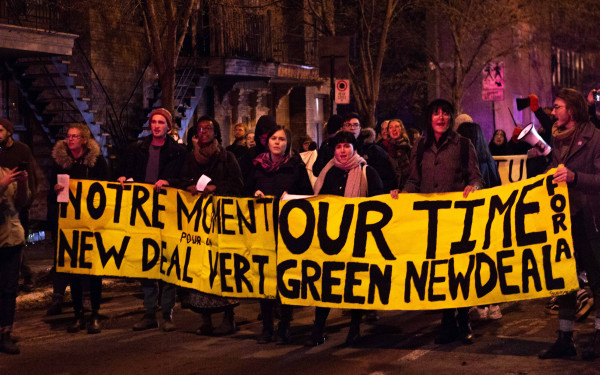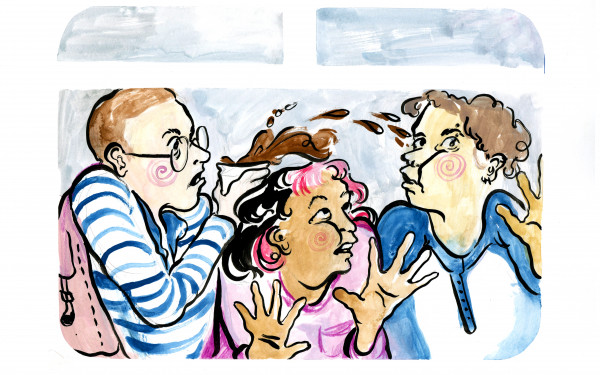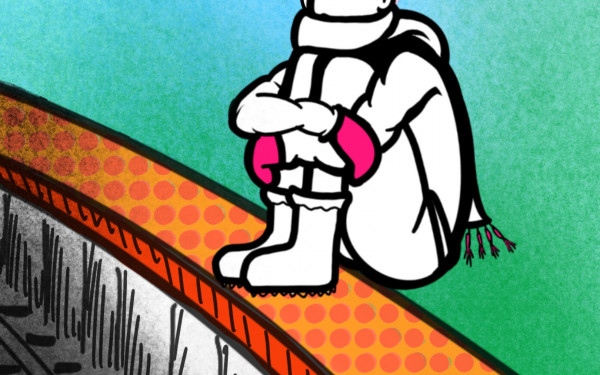A Rant en Route
The Collective Motion Edition
We live in a city continually beset by the grind of downtown transit, but it might not be our fault.
It might be any one of the infinite variables in the trio of transportation: cyclists hating on pedestrians, motorists hating on cyclists, pedestrians hating on motorists. It is clear that commuters in Montreal are endlessly frustrated with each other on a daily basis while trying to get to and fro without incident or collision.
Great steps are being made outside the downtown core—look at Projet Montreal’s redevelopment scheme of Laurier East or Parc La Fontaine in the Plateau. However, the initiative to pare-down the number of car zones in pedestrian-heavy and traffic-riddled downtown streets hasn’t quite hit its stride in the heart of this city, where we arguably need it most.
The closing of McTavish Street, though hugely popular during frosh time and yet another reason why the proverbial grass is always greener on the other side, seems a misstep given the lawlessness of Milton Street and University Street. The downtown bike path, forever on the brink of being over capacity from Berri Street to Atwater Avenue, is actually a place that messengers and serious cyclists avoid for good reason.
For pedestrians and students who want to sit in the sun amidst the concrete jungle, we can’t even get a nod from the government to close Mackay Street for a freaking half-day of community congregation, and all hell breaks loose in terms of organizing cars, cyclists and pedestrians every time a festival sets up shop, which is often.
Who is planning how we get around this city? Why is it still so dense and dangerous?
In 2002, during the Montreal Summit, the Ville de Montreal set up what they dubbed the “Master Plan” to set out a vision for this city. Ambitious as it may be, there is much to be done to improve the quality of public space.
Downtown needs more attention, but perhaps the attention is skewed by the mass conversation in which people discuss the green space movement in the Plateau that’s keeping it from expanding beyond. Corporate press and alt-news darlings alike are responding to the streamlining and one-way transformation of streets with gripes and driving discontent, instead of getting behind traffic-calming initiatives.
Is it possible to live in a Montreal that doesn’t dig up the same corner nine times in three years? Is it possible to find a common road and more effective plan for the plurality of ways people drive in and out of town each day?
I can only hope that, one day, commuting from point A to point B would not require dodging pylons, cars, people and having to search for a different way home.
This article originally appeared in Volume 31, Issue 03, published August 31, 2010.


_600_832_s.png)

_600_375_90_s_c1.jpg)


